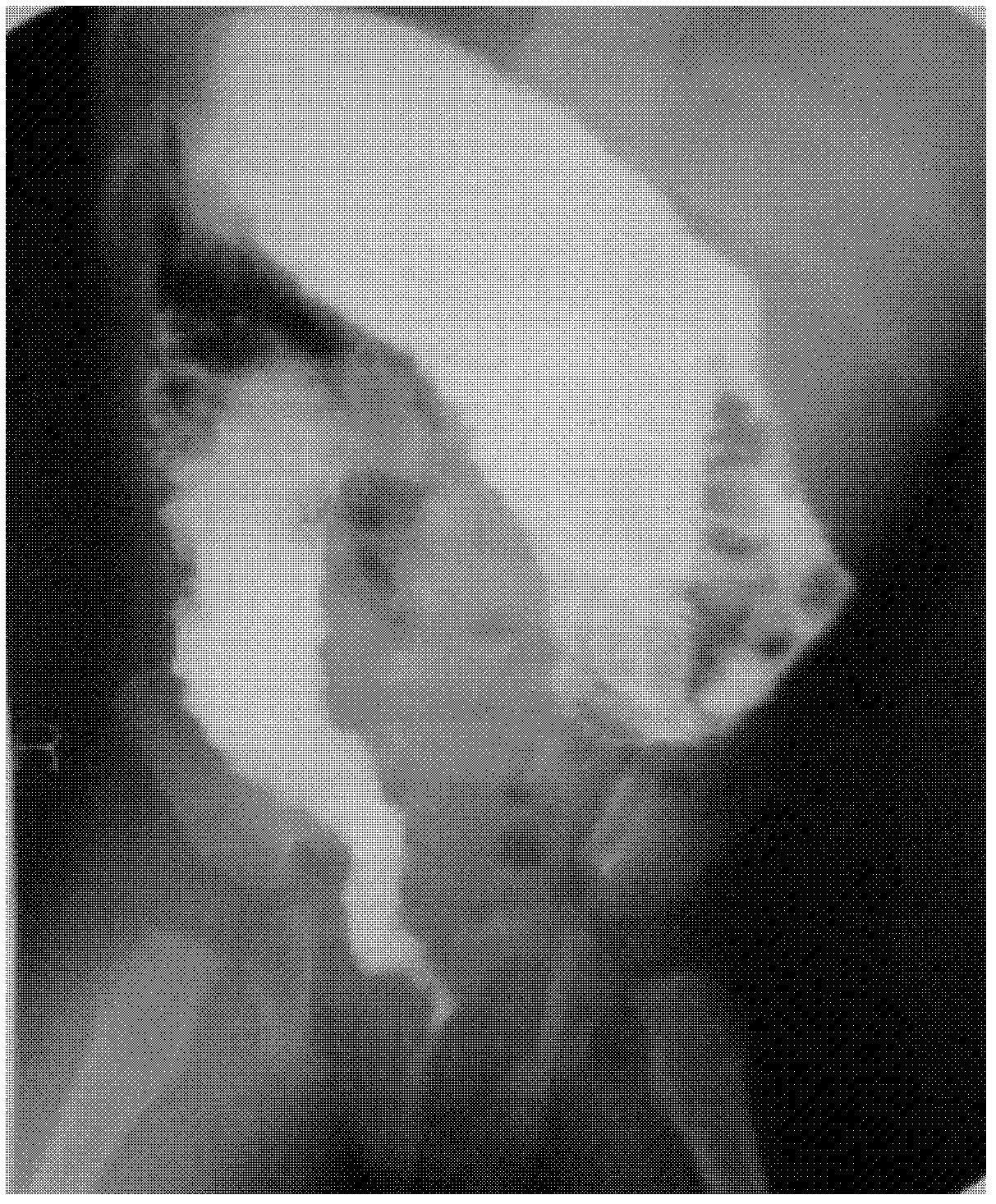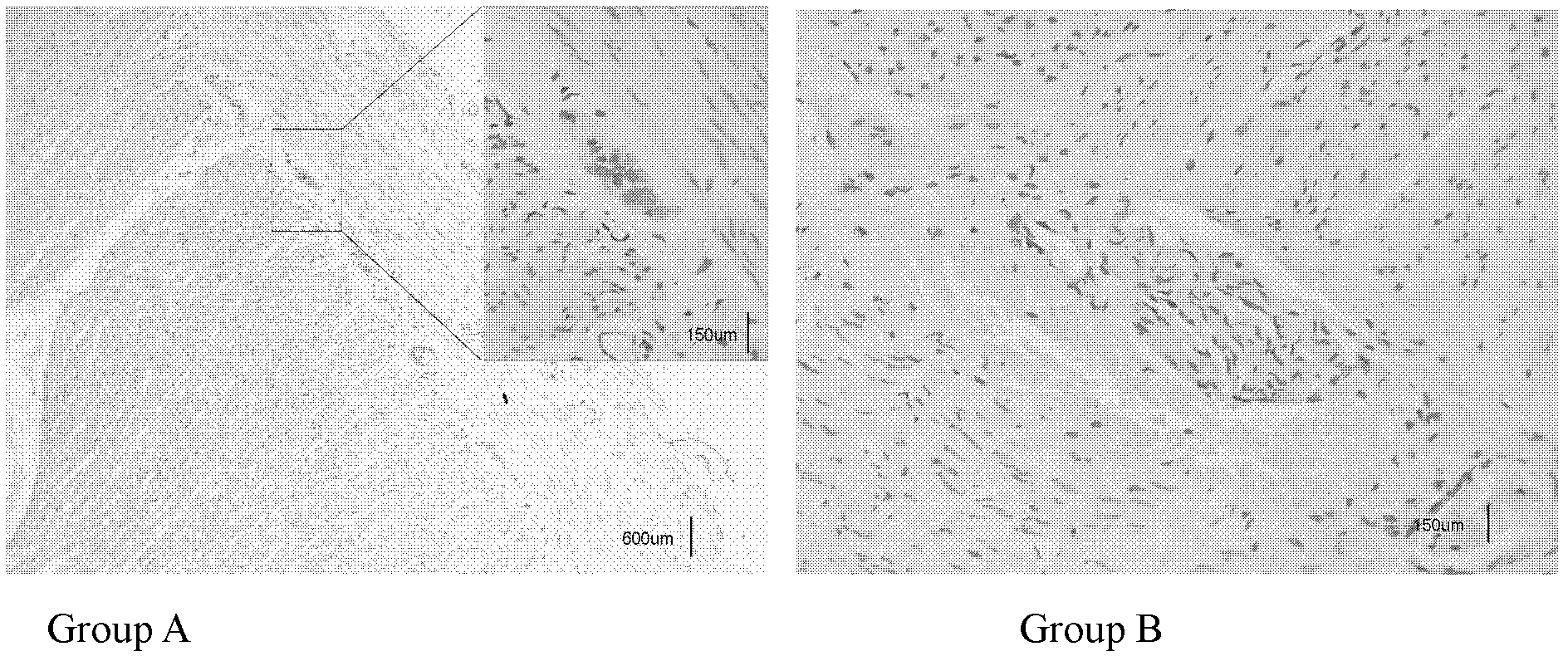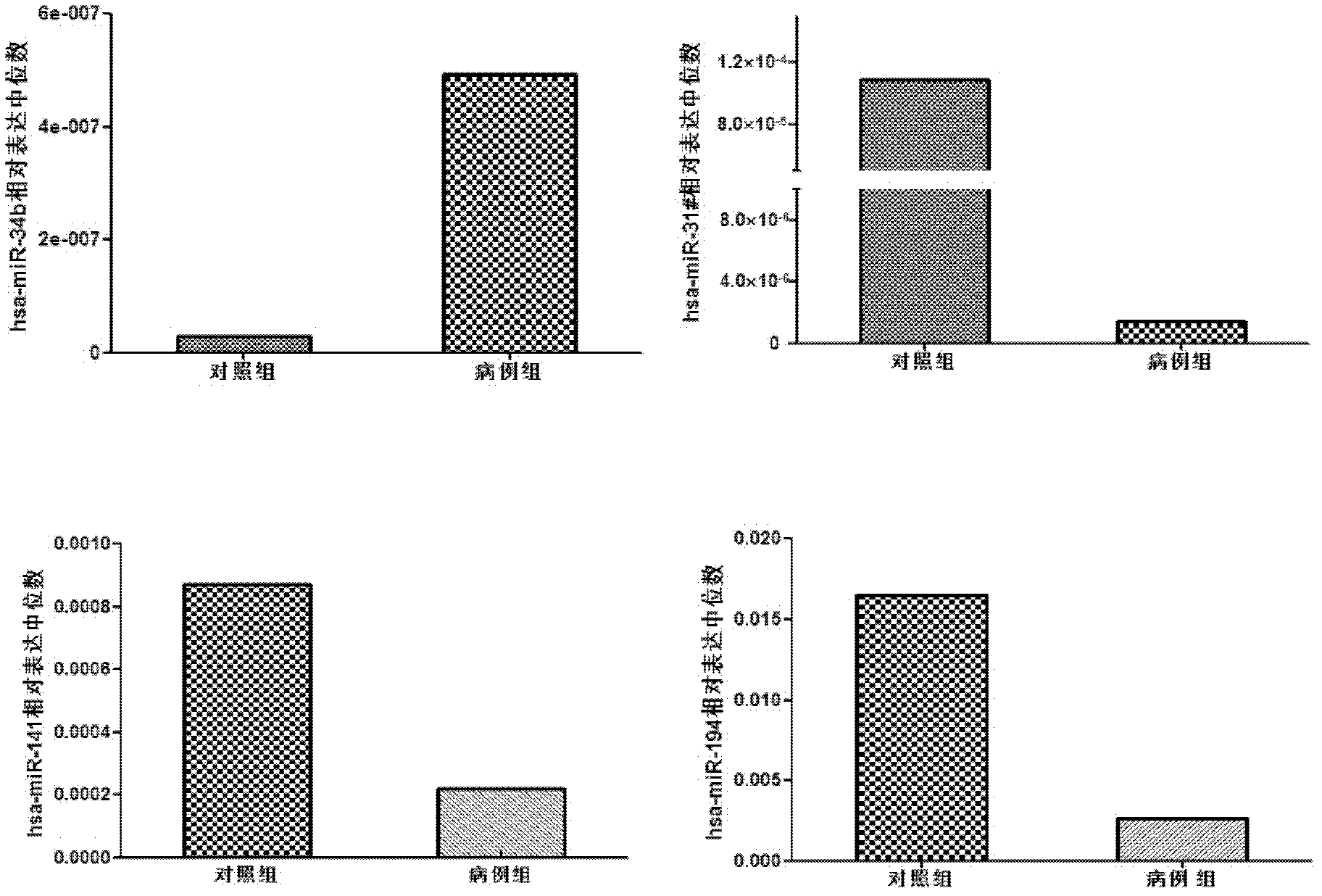Plasma micro-ribonucleic acid (miRNA) marker related with human Hirschsprung's disease and application of miRNA marker
A Hirschsprung's disease, marker technology, applied in the fields of genetic engineering and clinical medicine, can solve problems such as not getting corresponding attention
- Summary
- Abstract
- Description
- Claims
- Application Information
AI Technical Summary
Problems solved by technology
Method used
Image
Examples
Embodiment 1
[0087] Embodiment 1 Research Object Selection and Grouping Basis
[0088] From July 2009 to July 2011, the inventor collected blood and tissue samples from children with Hirschsprung and normal children with Hirschsprung who met the requirements from Children's Hospital Affiliated to Nanjing Medical University and other hospitals (clinical diagnostic criteria see figure 1 , figure 2 ), from which 100 healthy controls (average age: 89.03±9.0 days) and 100 Hirschsprung patients (average age: 97.5±7.07 days) who met the requirements were selected as Real-time PCR Subjects for detection of miRNA expression. Specific sample classification criteria are as follows:
[0089] Group A: Healthy control group (n=100, 20 people for microarray screening, 40 people for first-stage verification, 40 people for independent population verification):
[0090] 1. Age between 0 and 6 months;
[0091] 2. No digestive system disease;
[0092] 3. No other congenital malformations;
[0093] 4. N...
Embodiment 2
[0100] Embodiment 2 research object pathological diagnosis type
[0101] Hirschsprung is diagnosed by radiological examination, anorectal manometry, and rectal wall histology in children with no meconium passage, delayed meconium passage, constipation, or stool passage by enema. The characteristics of radiological examination including barium enema mainly have the following manifestations: 1. There is a "cone"-shaped transitional separation zone between the lesion segment and the dilation segment; 2. Irregular contraction of the lesion segment; 3. Barium retention; 4. Rectal spasm No expansion; 5 intestinal wall stiffness. Anorectal manometry mainly shows the absence of internal anal sphincter relaxation reflex; the rhythmic contraction of anal canal is significantly reduced; the resting pressure of the rectum and internal sphincter is higher than normal. The histological examination of the rectal wall mainly observed whether there were ganglion cells and the degree of cell d...
Embodiment 3
[0102] Example 3 Taqman miRNA array screening
[0103] Preparation of cDNA samples: a) Take 100 μl plasma; b) Add 900 μl Trizol, shake and mix well, centrifuge at 12,000 rpm at 4°C for 15 minutes, discard the lower layer of waste liquid; c) Add 1.5 times the volume of supernatant absolute ethanol, shake and mix well, Transfer to a spin column, centrifuge at 12,000 rpm for 15 seconds, and discard the lower layer of waste liquid; d) Add 700 μl of RWT buffer to the spin column, centrifuge at 10,000 rpm for 15 seconds, and discard the lower layer of waste liquid. e) Add 500 μl of RPE buffer to the spin column, centrifuge at 10,000 rpm for 15 seconds, and discard the lower layer. f) Repeat e. g) Add the spin column to a new 2ml tube and centrifuge at 10000rpm for 1 minute to remove the RPE buffer. h) Add 50 μl of DEPC-treated water to the column and centrifuge at 12000 rpm to collect RNA. i) Then cDNA is obtained by RNA reverse transcription reaction. The reverse transcription ...
PUM
 Login to View More
Login to View More Abstract
Description
Claims
Application Information
 Login to View More
Login to View More - R&D
- Intellectual Property
- Life Sciences
- Materials
- Tech Scout
- Unparalleled Data Quality
- Higher Quality Content
- 60% Fewer Hallucinations
Browse by: Latest US Patents, China's latest patents, Technical Efficacy Thesaurus, Application Domain, Technology Topic, Popular Technical Reports.
© 2025 PatSnap. All rights reserved.Legal|Privacy policy|Modern Slavery Act Transparency Statement|Sitemap|About US| Contact US: help@patsnap.com



